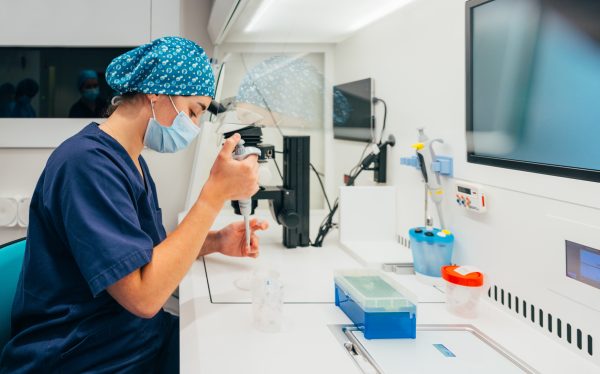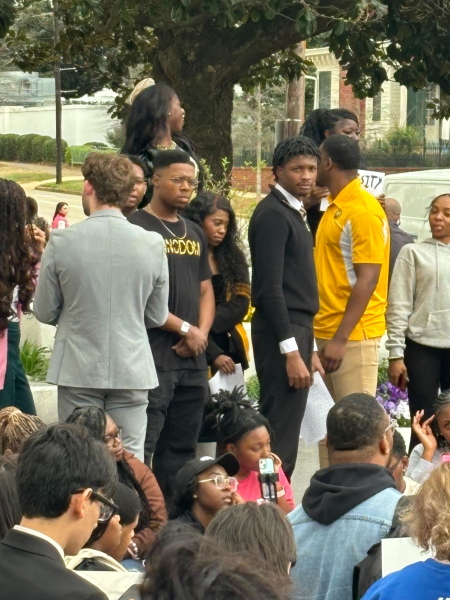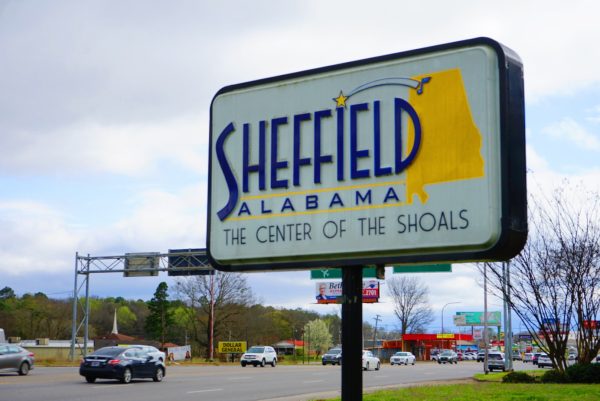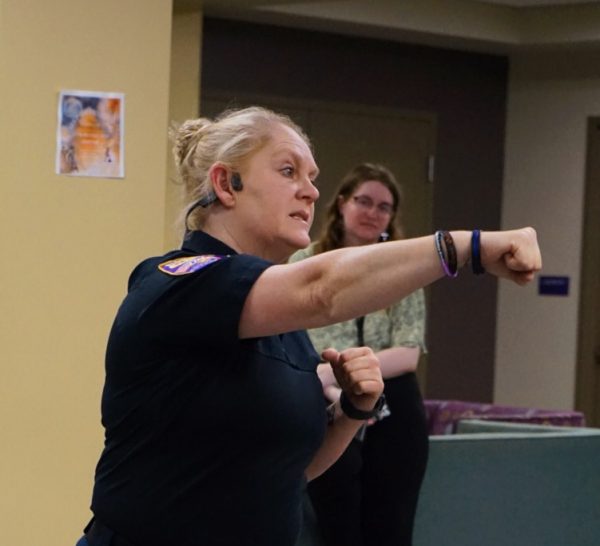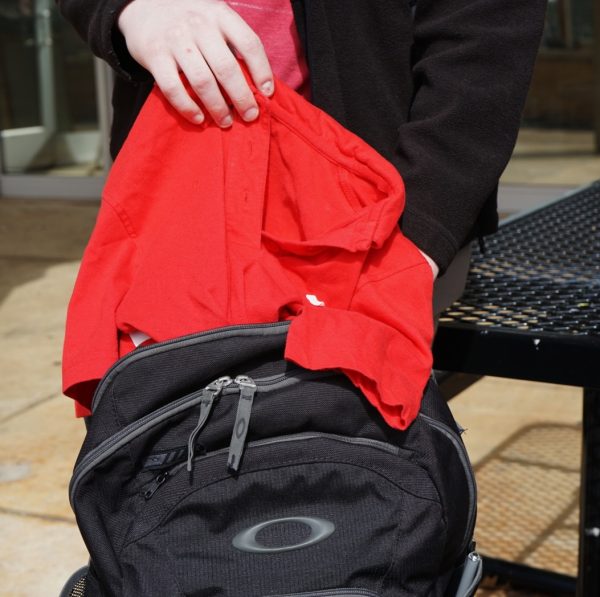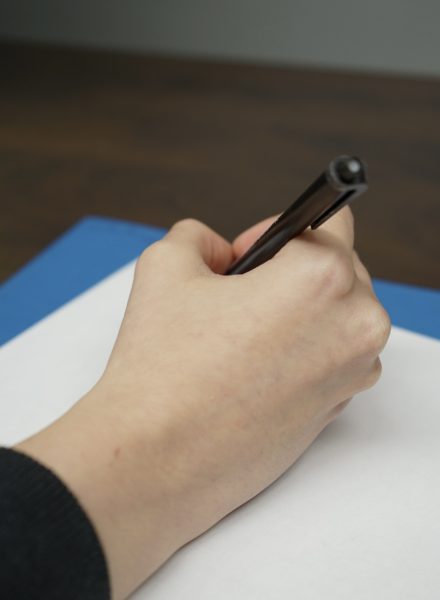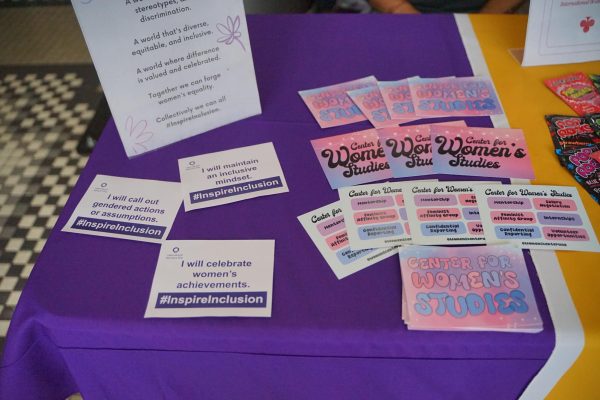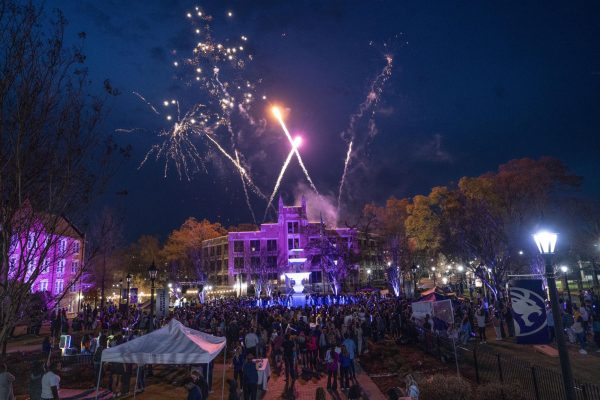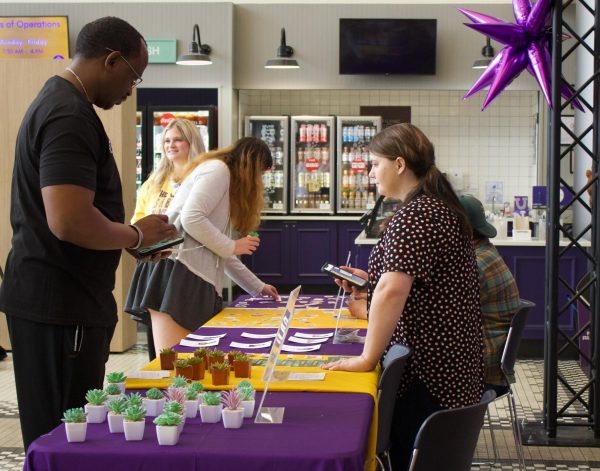Students speak out about increased fees
November 8, 2012
When it comes to paying tuition for a college education, some students wonder about the purpose of their student fees.
It is no different for students at UNA, where student fees have gone up from $359 to $744 per semester since 2005.
Although the tuition bill from the university offers a breakdown of the individual fees that make up the student fee, some students are concerned with the purpose of certain fees, as well as increasing cost.
“I think that the rising cost is the biggest obstacle that we have to receiving a college education today,” said John McGee, a senior at UNA. “The university keeps adding all of these fees, and I feel like it’s taking money for some things I don’t have much use for, other than the Dining Dollars.”
McGee said he does not expect the fees to decrease and wishes there were more opportunities for students to discuss fee increases with faculty. The financial implications of a move to Division I are also a concern for students.
“Money now isn’t coming as easy as it used to,” said Kathryn Smith, a sophomore at UNA. “With our campus moving to D-I, it will just become more of a financial burden on everyone.”
While there are many questions about the future of student fees on campuses around the country, there is an explanation for the recent increase at UNA.
Steven Smith, UNA vice president of business and financial affairs, said many fees have been around for several years, with all increases helping to improve the university for the students.
Smith and University Controller Donna Tipps provided a breakdown of the specific increases in each individual fee. The most significant student fee increases, between fall 2007 and the current semester, are in facilities, athletics and Dining Dollars.
Smith said the facilities fee, which has increased $120 since fall 2007, was “implemented when President (Bill) Cale came because proration (the shortening or elimination of government funding) was hitting us pretty hard and we need money to clean these things up.”
Smith said the state does not give money to repair or replace issues in university facilities. The fee also serves to pay debts created by the construction of the SRC and the parking garage, as well as the salaries of needed staff in those areas.
“It’s like when you buy a car — there are going to be costs associated with it,” Smith said. “The new science building is going to be 160,000 square feet — the biggest thing we have on campus. There will be costs, but it is a really big need to get our facilities up to the point where we can educate our students with state-of-the-art stuff.”
The athletic fee was established fall 2009 at $12 per semester (excluding the summer), increasing to $2 per credit hour fall 2011 and $4 per credit hour in fall 2012, according to Tipps’ financial breakdown.
Tipps said funds raised by this newer fee are used to initiate the Purple Pride campaign “by creating a benefit program for students to encourage participation in athletic events.”
Responding to the D-I issues raised by students, Smith said the current contract does not allow the athletic fee to increase to more than $8 per credit hour.
“It’s projected in the resolutions to go up to $8 per hour, but we didn’t give a time limit on that,” Smith said. “They haven’t approved anything beyond it. There are already some direct benefits in our athletic program, such as the giveaways that we have at games.”
Tipps said Dining Dollars are part of the university’s agreement with Sodexo Food Services. Both Smith and Tipps said students receive direct benefits through purchasing food with Dining Dollars at various places on campus.
“With the Dining Dollars, there will probably be another increase,” Smith said. “The contract with Sodexo runs 10 years, and we are in the third year. There might be another slight increase, but that would be it. And again, that’s a direct benefit that goes back to you where you can get something for that.”
Jacob Chapman, a junior at UNA, said he is excited to see the university working to improve itself for the students. Chapman said he is not excited about the fees but is impressed with what UNA has done in the recession.
“Improvements to the school cost money, especially when those improvements mean new construction projects and working to make long-term changes to the campus,” Chapman said. “You get super-cheap medical care at the infirmary, free Wi-Fi on campus and free access to all home-game sporting events, sometimes with free T-shirts or food, too.”
Chapman said he encourages all students to make use of the benefits the fees offer during their time at UNA.


